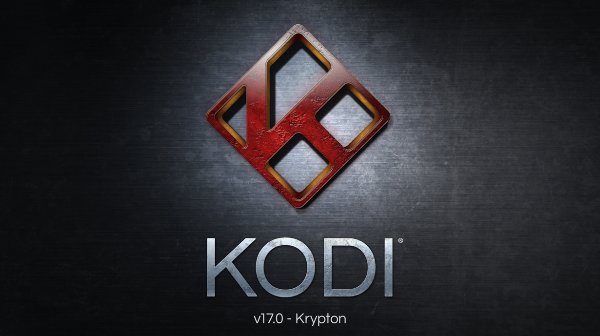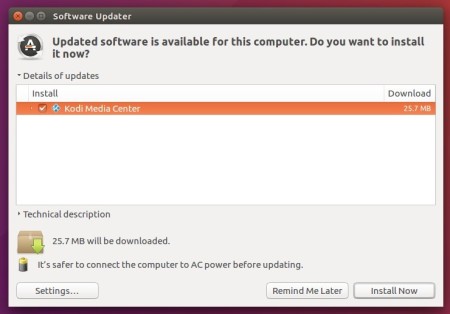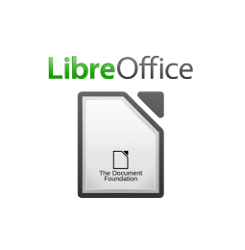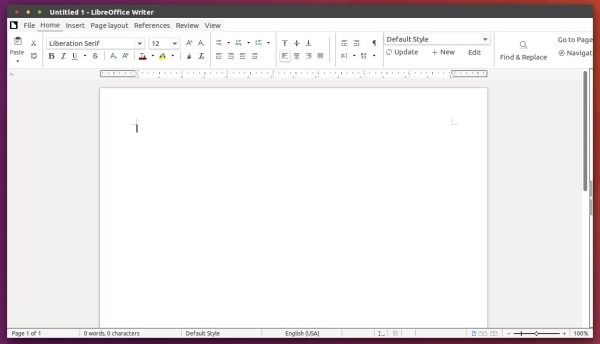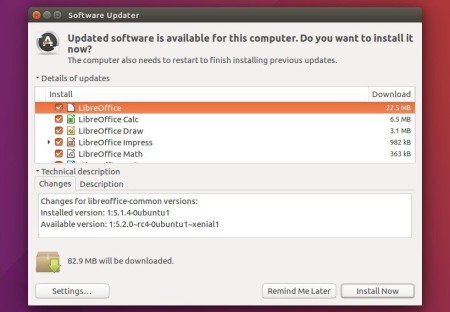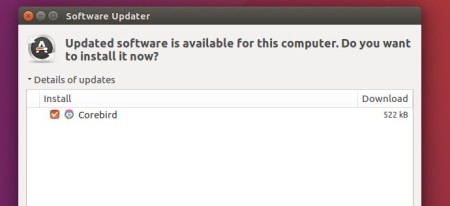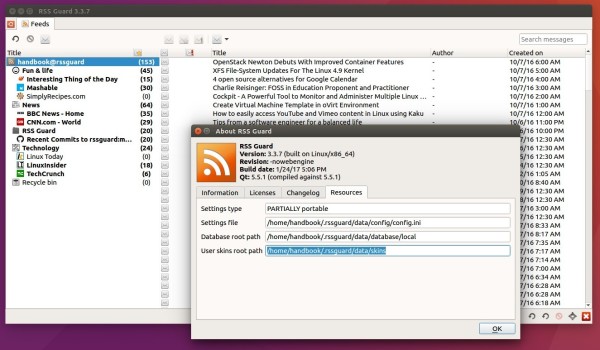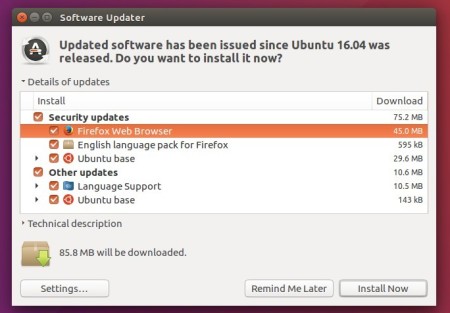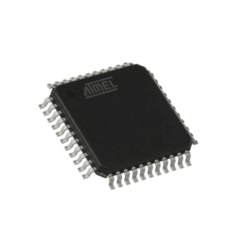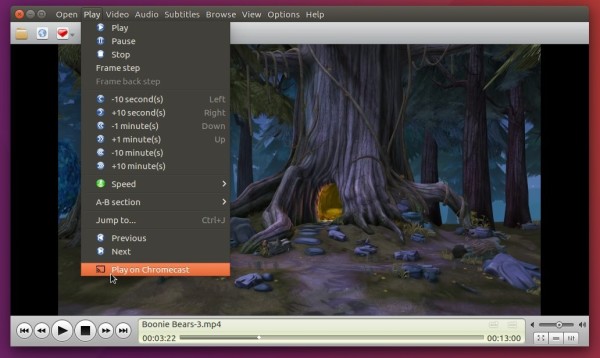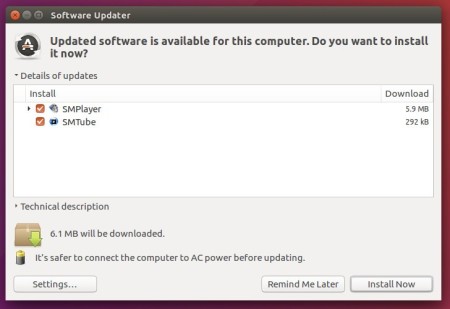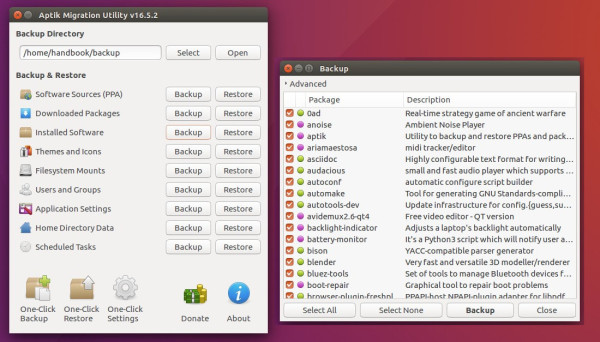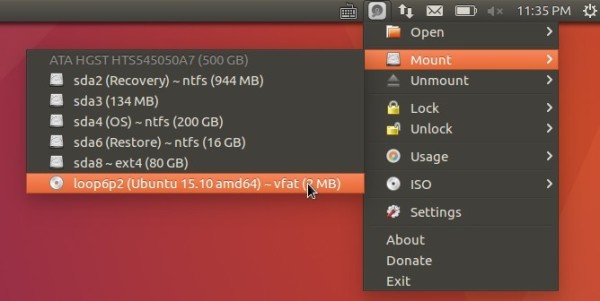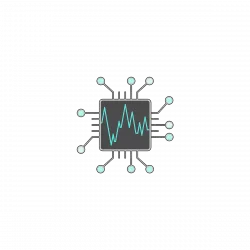Kodi, formerly known as XBMC, finally reached the new stable 17.0 release. Here’s how to install it in Ubuntu via PPA.
Kodi 17.0, code-name “Krypton”, brings updated default UI, better organisation of settings, and many under-the-hood changes on Video Player, Music Library, PVR, audio on Android, and thousands of small bug-fixes and improvements to stability.
Kodi 17.0 features:
- New default skins “Estuary” for TV, and “Estouchy” for touchscreen devices.
- New default web interface
- New inputstream add-ons with more protocols support.
- hardware-accelerated DVD playback
- Numerous improvements to Live TV and PVR functionality
- Android implementation, and a wide variety of other changes.
How to Install Kodi 17 in Ubuntu / Linux Mint:
The Kodi Team announced that the official PPA will be updated soon with the new packages, available for Ubuntu 16.10, Ubuntu 16.04, Ubuntu 14.04, and Linux Mint 17 & 18.
At that time, you can follow the step below to install Kodi 17:
1. Open terminal from app launcher or via Ctrl+Alt+T shortcut key, when it opens, run command:
sudo add-apt-repository ppa:team-xbmc/ppa
Type in your password (no visual feedback) when it asks and hit Enter.
2. Then you can upgrade Kodi Media Center from an existing version, by launching Software Updater:
Or install it via following commands in terminal:
sudo apt update sudo apt install kodi
Once installed, you can either launch Kodi from app launcher or log with Kodi session when you’re in login screen.
Uninstall:
To uninstall Kodi 17 and restore to the stock version in your Ubuntu repository, purge the PPA via ppa-purge tool via command:
sudo apt install ppa-purge && sudo ppa-purge ppa:team-xbmc/ppa



